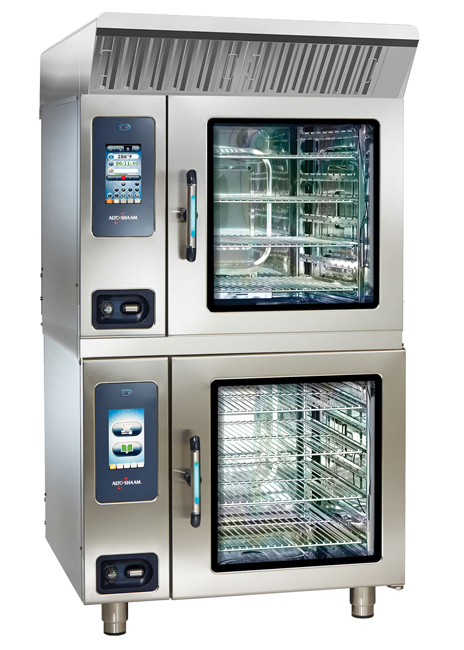Ventless fryers are becoming increasingly popular in restaurants that don’t want to deal with the expense of a hood and are out to simplify operations. These units aren’t hassle-free, though. Here are some tips to keeping ventless fryers operating well.
Cooking Equipment Guides
Pizza operations typically utilize deck or conveyor ovens. When producing Neapolitan pizza, though, operators turn to wood-fired ovens. All three ovens operate in vastly different ways.
High-speed ovens empower applications that would otherwise not be able to cook very efficiently, economically or to high-quality standards. Without these ovens, many foodservice operators would need to install a full-size kitchen to cook food, which is not a viable solution. These units also can complement an existing kitchen to help with speed of service on items that take a prohibitively long time to cook.
Microwaves are typically one of the most underspecified pieces of equipment in commercial kitchens due to the stigma of being considered a tool for reheating, but they have become a staple in cafes because of their small size and versatility. Commercial microwaves complete the same tasks as several pieces of equipment, such as steaming, rethermalizing and defrosting, while utilizing less energy and space.
Foodservice operators can choose from a variety of fryer types and styles, from models geared for general use to multi-purpose and specialty units. Donut fryers offer a shallow cooking depth, while deep vat units can cook items like fries and chicken. Flat bottom fryers can accommodate floating products, like fish and seafood, while operators commonly use larger conveyor units for production line frying as in a doughnut shop. Operators can place their fryers in a battery configuration, where five or six fryers sit side by side, and employ a single, central filtration system.




















